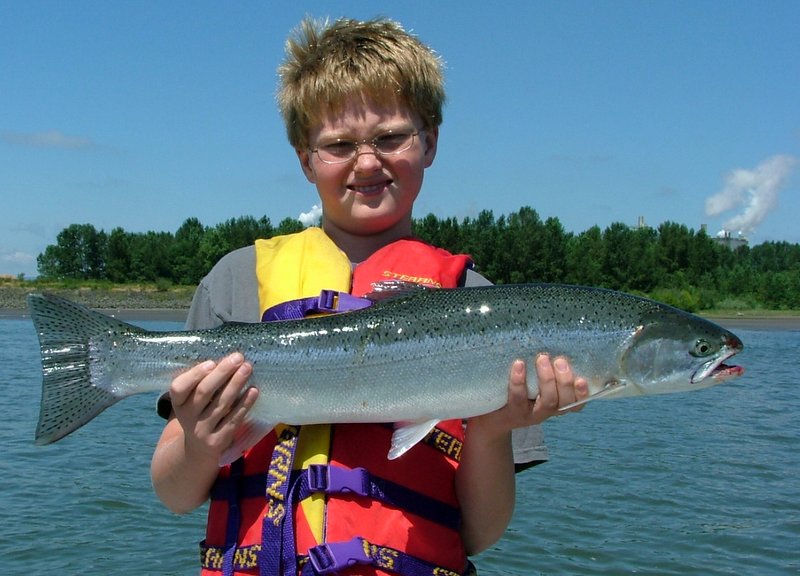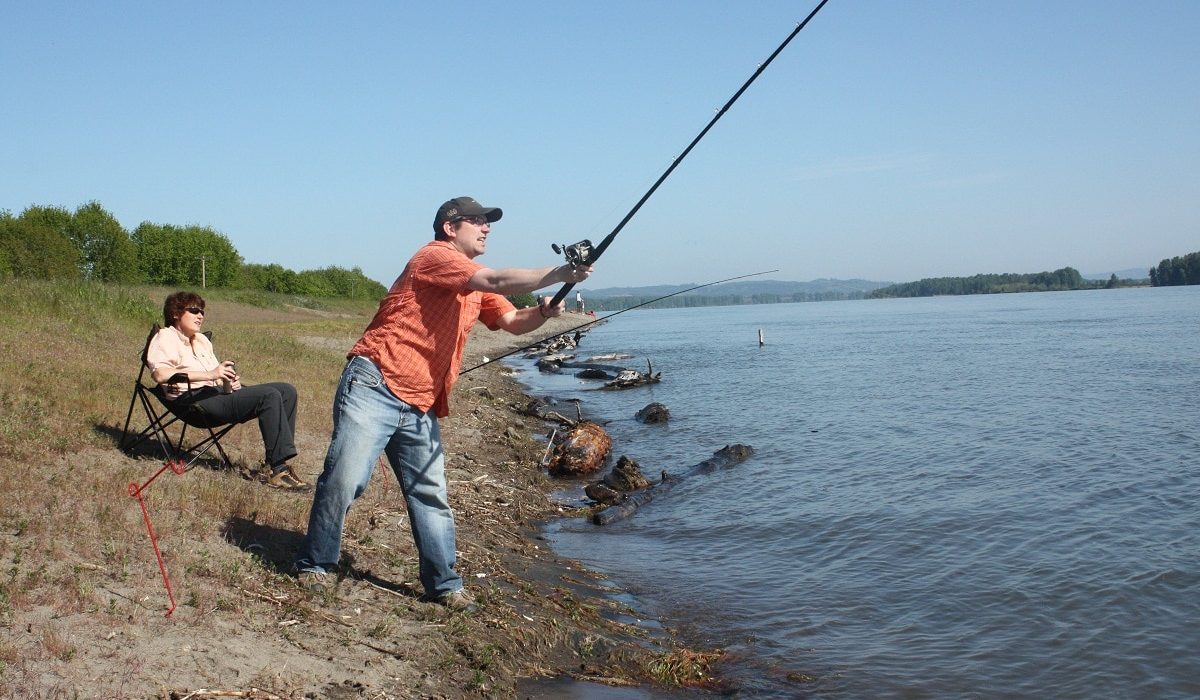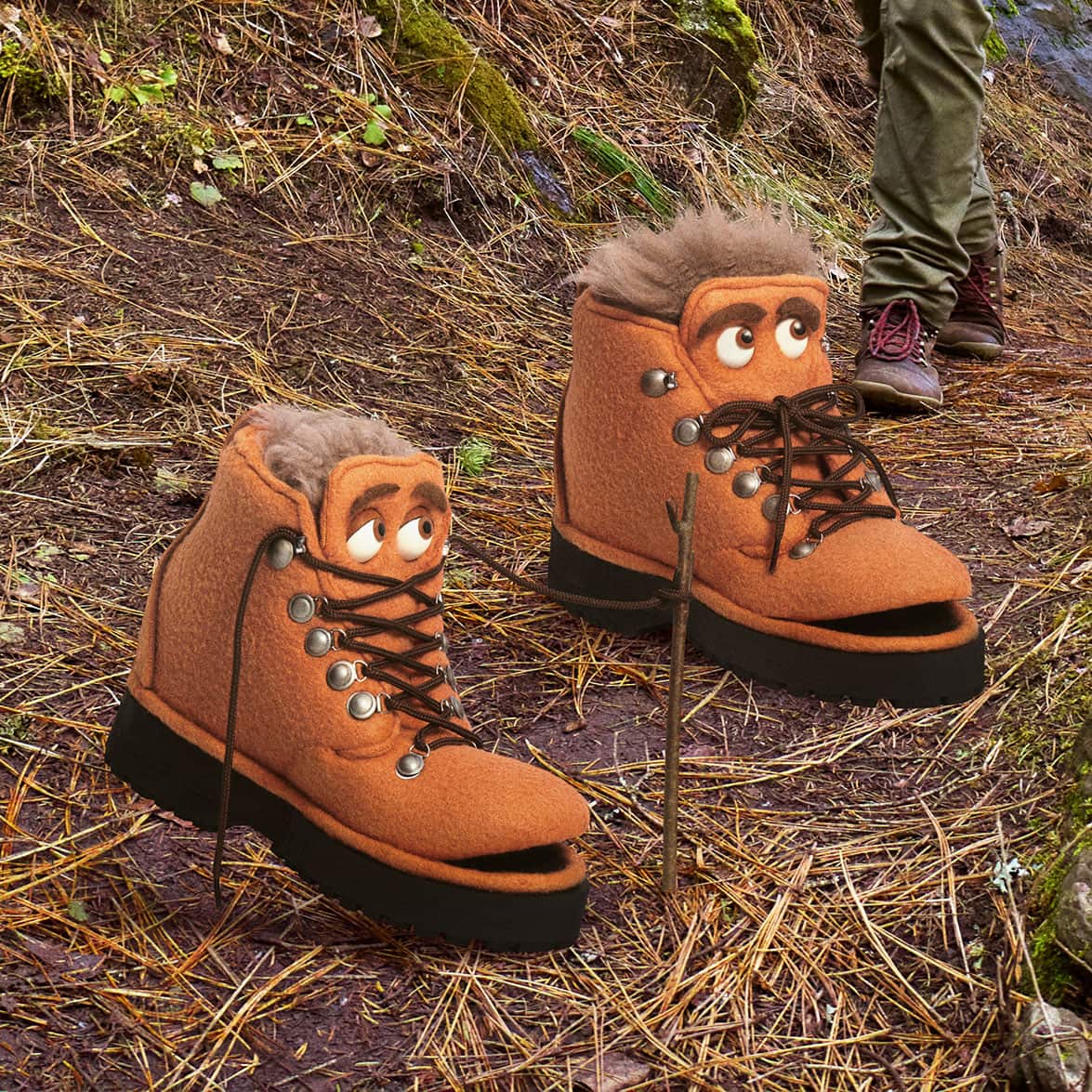I’m getting excited! With the water temps heating up and water levels dropping, you can expect the steelhead fishing to get better and better. I have already been out for steelhead on the Columbia several times in late June and early July with excellent results, and now that the Bonneville Dam counts are consistently over 1000, it’s game on!
In 2010, the Columbia River had one of the largest runs of summer steelhead since 1939. Fishermen have been refining their techniques and veteran anglers and beginners alike have been cashing in on the bounty. In 2011, we had the largest catch of summer steelhead since the 1960s. So far, with the numbers I’ve seen, I think we are in for another great season.
The Columbia summer steelhead that move upstream from June to September are actually pretty easy to catch relative to their sometimes elusive winter cousins. Warm water temps and a long journey give them a high metabolism and make them aggressive biters. With the sheer numbers of fish in the river, it’s hard to go wrong from boat or bank.
These fish have a sweet tooth for shrimp – sand shrimp, coon shrimp or arctic prawns. Whether cured, dyed or fished naturally, they all work well when fished behind a small spin-glow or tipped onto the hook point of a spinner. And if you are using lures, definitely don’t overlook shrimp flavored scents (I like to use gel-type scents).
The number one lure color for Columbia steelhead is fluorescent red or fluorescent red combined with accents, such as black spots, sparkles or black tiger stripes. The number one lure for Columbia steelhead is the U20 Flatfish. But don’t over look the smaller sizes of Flatfish, such as the X5, X4 or F4; just make sure they have fluorescent red.
If you are fishing from a boat, look for water ranging from 6 to 25 feet in depth, leaning more to the shallow end of the spectrum. I like to anchor just above a drop off so as the fish swim up the rise, they will run right into my gear.
As the water temps of the Columbia increase, the cooler water at river mouths such as the Lewis, Kalama, Cowlitz, Klickitat and Sandy tend to attract migrating fish. Don’t overlook smaller tributary mouths, too. The Columbia is affected by the tide, so you will want to make sure you fish during an outgoing tide whether you fish from boat or bank.
Beach fishing from islands is a popular pasttime for families and friends. People will use a boat to transport their gear out to an island and then set up rod holders to fish along the beach.
No boat? No problem.
There are a number of beaches with public access that are very productive: Jones and Prescott Beaches on the lower Columbia, Reeder Beach on Sauvie Island or Warrendale in the Columbia Gorge. If fishing from shore, look for a steep sloping bank. Steelhead can be caught pretty close to the bank, so don’t be fooled into thinking you have to cast a long distance. Spin-glos with or without bait catch the majority of the steelhead from shore. When beach fishing, make sure you have enough weight to keep your gear anchored in place. Pyramid shaped sinkers are preferred.
Keep ’em cool
Ensure some quality table fare by keeping your catch cold. If you take care of your catch, you will have a meal fit for a king.
I like to bleed out my fish in the fish box for about ten minutes and then transfer them into a cooler with lots of ice. If it’s going to be very hot, I’ll also sprinkle some rock salt on the crushed ice. This will drop the temperature even lower and can actually freeze the fish a little. When you clean a fish and it’s icy cold on the inside, you know it will be of good quality. Start with a good quality fish and end with a good quality meal.
Treat them good
If you are fishing on the Columbia for steelhead, you can expect to catch some wild fish that need to be released. And since the water is warm, we also have a duty to treat the fish well. Increased water temperatures can cause stress and weakened immune systems.
Here are some great ways to ensure the health of the fish you release:
- Use a soft net to cut down on scale and slime loss. Or don’t even net them at all.
- Use heavier line. The Columbia isn’t overly clear and the fish are not line shy. By using heavy line/leader, you will be able to land a fish quickly, before it is too exhausted. Heavy leader will also allow you to grab the leader for release without a net.
- Keep them in the water as much as you can.
- Don’t touch them with a dry hand. A dry hand can remove valuable slime.
- Float back off anchor when you hook up. This will help land a fish quicker, and keep the fish from being too stressed. You’ll also land more fish, as they won’t have the current as an advantage. If you’re drifting, fish won’t get pinned to the back of the net.
Editor’s Note: Have a fishing question for David? Find him on Twitter at @TillamookFishin or send him your question on our Ask Oregon form.


